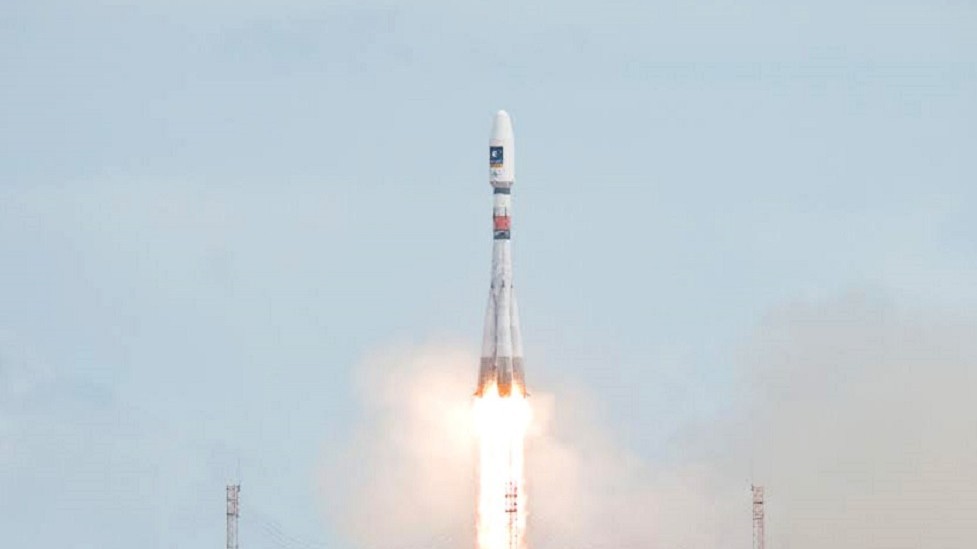
Mission failures
In her last article, Rohini reported on the failured orbit injection of two Galileo satellites. I came across the same news at the end of last week and remained surprised of this unexpected information. My curiousness induced me to inquire about similar incidents, not at least owing to the well known case of the space shuttle ‘Columbia’ that broke apart reentering the atmosphere in 2003 and made aware that missions may fail.
Satellite missions are complex technical challenges conducted by humans and besides materialistic difficulties are, as everything else done by people, exposed to potential errors. I found that in the past again and again missions failed, mostly due to problems occurring directly at the launch affecting the carrier rocket. Particularly at the beginning of space flight, technical problems lead to a number of failures of missions (many of them were telecommunication satellites), whereas the launch itself became much more stable within the past years and the experience.
Have a look at some incidents affecting the launch of EO satellites in the past years:
Last year (2013) CBERS-3, an optical satellite failed to enter its orbit after the rocket malfunctioned during its flight. CryoSat-1 (2005) never entered its orbit due to failed programming of the rocket. Both, the rocket and satellite entered in the NorthPolarSea. Its succeeding model CryoSat-2 reasumed its tasks in 2010. Other examples of earth observations satellite launch failures are LANDSAT-6, COSMOS-1 or GOES-G. Including also telecommunication satellites the list would be ways longer.
Source: Wikipedia

Did you like this post? Read more and subscribe to our monthly newsletter!




